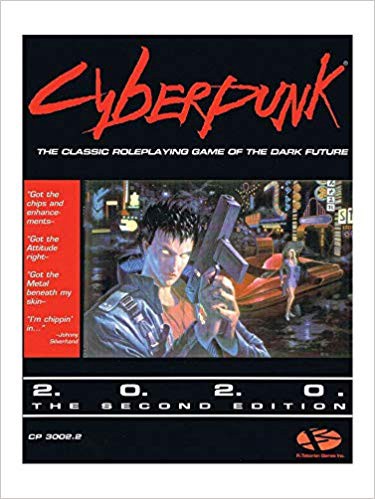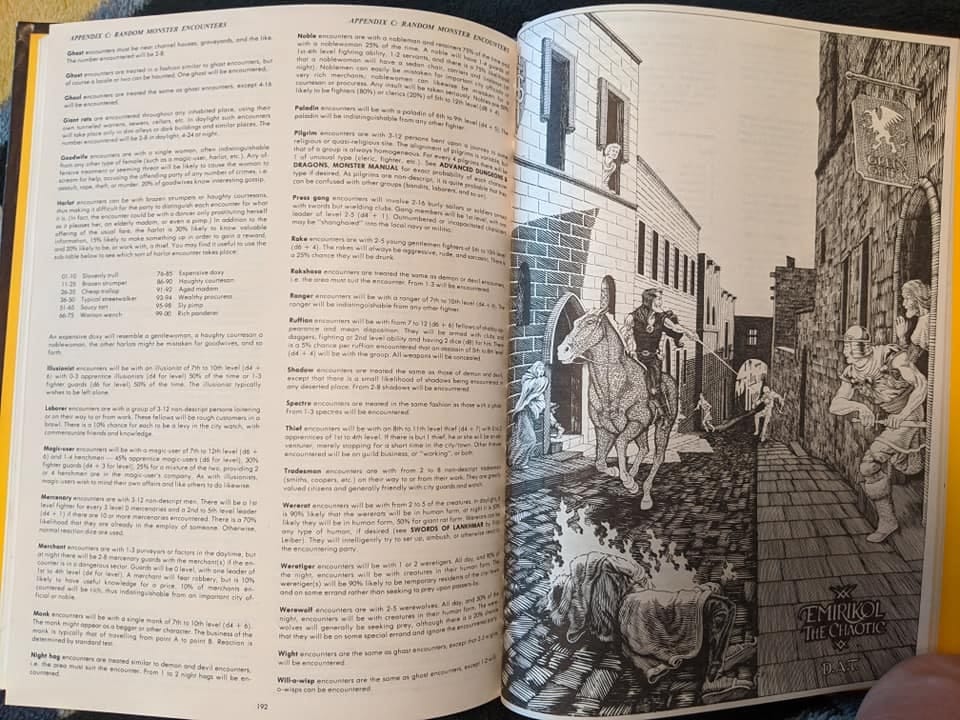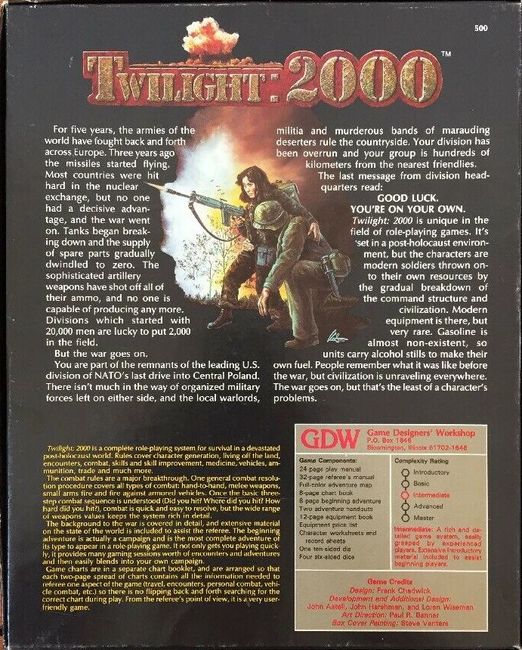The Soundtrack to 2020 Was Released 29 Years Ago

The year 2020 will always be associated in my mind with the Warrior Soul album Drugs, God and the New Republic. Explaining why requires a little back story, but let me assure you that this is the most relevant album in 2020.
In 1991 when the album came out, I was a senior in high school. While not in school, my friends and I spent many hours throwing dice on the table, role-playing different characters in a variety of different settings. One of the games we played a lot that year was Cyberpunk 2020, a dystopian future game set in the year 2020.
One of the futuristic details of Cyberpunk 2020 is a genre of music called “chrome rock”. As far as I know, chrome rock is never really described in any detail, so I have no idea what Mike Pondsmith and the other writers of the game intended it to sound like. I always imagined it to be lyrically very anti-authoritarian like a lot of punk songs, but musically more like metal and very “shiny” (clean and well-produced, I suppose?) like, well… chrome.
And that’s the perfect description of Drugs, God and the New Republic if you ask me. I heard the album and thought, “Holy f**k. This is chrome rock.” The sound seemed way ahead of its time back then, and I’ve never really heard anything quite like it before or since (except Warrior Soul’s debut album Last Decade Dead Century, but for some reason I didn’t pick that one up until years later). It’s got guitar riffs and drum smashes that would be at home in metal, bass grooves that might not be too out of place in funk, vocals that are more of the gritty hard rock G’n’R style, and lyrics born from a wholehearted punk attitude. Though Warrior Soul was generally considered “metal” at the time, they never neatly fit into that genre. That and the fact that grunge was just becoming huge when the album came out are the main reasons they never received the recognition and praise I think they deserve.
Sadly, I don’t know enough about the specifics of music recording to articulate exactly how their sound was created. Maybe someone more knowledgeable about sound equipment and mixing can tell me what pedals and filters might have been used to make it so unique.













 Degenesis, SixMoreVodka’s post-apocalyptic, Europe-and-North Africa-centered tabletop RPG, released its first rules expansion last month. Called Artifacts and featuring the new Degenesis black-and-gold look, it’s the first gaming supplement I’ve ever owned with gilt-edged pages.
Degenesis, SixMoreVodka’s post-apocalyptic, Europe-and-North Africa-centered tabletop RPG, released its first rules expansion last month. Called Artifacts and featuring the new Degenesis black-and-gold look, it’s the first gaming supplement I’ve ever owned with gilt-edged pages.



